In this article you will learn how to understand written origami instructions, called diagrams. You can follow the video below or read the entire article
History of Origami-Diagramming
While many do not realize, the now accepted system of explaining how to fold origami models in printed form is less then 100 years old. It was introduced mainly by Akira Yoshizawa, who lived from 1911 to 2005. This system has changed very little since then and is used by folders all over the world.
How to Read Origami Diagrams
Origami diagrams use lines and arrows, often along with written explanations to explain the folding process. The folding is split up into several steps. In the following you will learn how to read those symbols.
Warnings
- In this article the paper will have a white and a colored (grey) side. Some diagrams won't have this, so don't be confused.
1. Lines
- Edges
are indicated by straight and thick Lines.
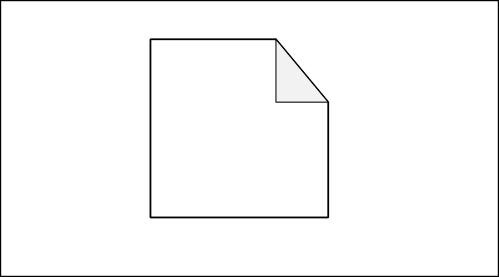
- creases
are folds you already made. they're usually indicated by thinner lines that do not touch the edges of the paper. In colored diagrams they often are of a different color (grey).

- X-Ray lines
Edges you can't see in reality are indicated by a doted line "........".

Now in context:

2. Folds
Origami is actually quite simple! There are only two basic kind of folds: mountain folds and vally folds
- vally folds
a fold where your fold the paper so the crease forms a little vally. it is indicated by a dashed line with dashes "-----".

- mountain folds
a fold where your fold the paper so the crease forms a little mountain. it is indicated by a line with dashes and dotes. either "-.-.-" or "-..-..-" lines.

3. Arrows
Arrows indicate movement or actions
- "fold" - arrow
The fold-arrow points along the movement paper. In the first example from the left to the right. The design of the arrow varies heavily. Below some of the most common "fold"-arrows.

Now in context:

- "fold behind" -arrow
- "unfold" - arrow
- "fold and unfold"-arrow
4. Other Symbols
Sometimes there is more to do then folding and unfolding, for that reson there are more symbols.
- turn
A turn is indicated by an winded arrow. The direction of the arrow indicates the direction of the turn

- rotate
rotation is indicated by a circled arrow. You also will encounter Degrees (e.g. 180° instead of 1/2)

Tips
- When reading diagrams , take your time.
- Also look at the pictures before and after your current step.
- Take your skills and the level of the diagram/model into account, you don't want to start with complex designs.
- Don't be afraid of putting a diagram away and trying again another time. It really helps
Just updated your iPhone? You'll find new emoji, enhanced security, podcast transcripts, Apple Cash virtual numbers, and other useful features. There are even new additions hidden within Safari. Find out what's new and changed on your iPhone with the iOS 17.4 update.
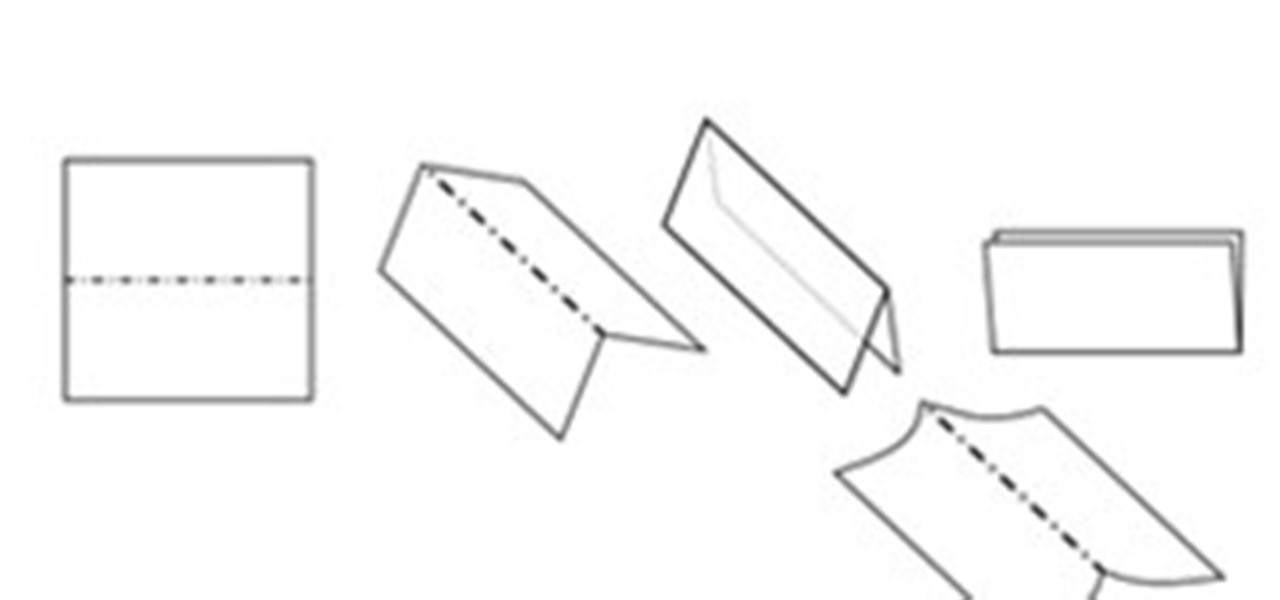


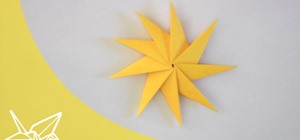


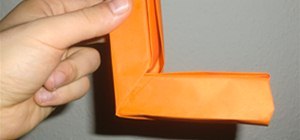
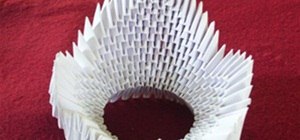



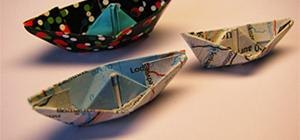
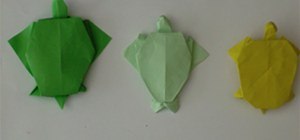



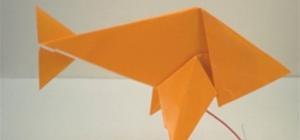
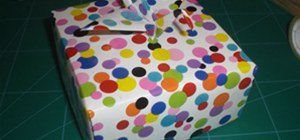



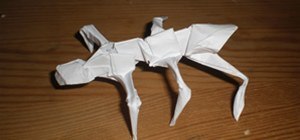

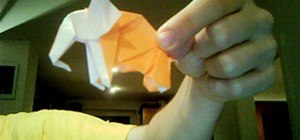
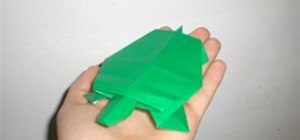
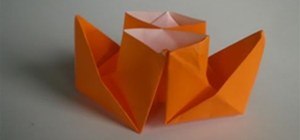

Be the First to Comment
Share Your Thoughts